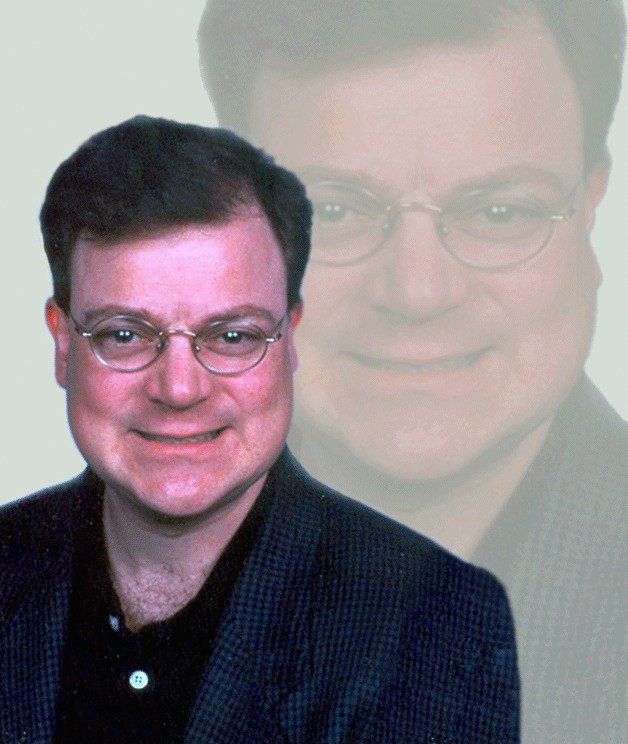My mother was 13 years old, the oldest child in her family, the day the health department nailed the quarantine notice on her front door.
It was late in the summer of 1951. My mother’s younger sister, Cecelia, was just beginning the eighth grade when she came home from school with a high temperature, feeling very ill.
The next morning, her legs gave out as she tried to get out of bed. By that evening, she was so weak she could barely move.
She’d contracted polio.
At the time, no one knew how the polio virus was spread. Many thought it spread through swimming pools, so the pools were shut down.
The public was in such a panic, in fact, that an ambulance driver refused to take “Cece” to the hospital for fear other patients might become infected. Fortunately, my mother’s uncle had a car and he drove her.
The public had reason to worry. In 1952, America would have its worst bout with the virus. More than 57,000 cases would be reported nationwide. Of those, 3,000 victims would die and 21,000 would suffer permanent paralysis.
And so my mother’s home was quarantined for 14 days, the life of the virus. No one was to leave the house or visit during that time. Only her father could leave to go to work.
Within two weeks, polio had ravaged Cece’s body. Her arms and legs were in various degrees of paralysis. She could barely lift her head. She was relocated to the D.T. Watson Home for Crippled Children in Sewickley. Her long, painful rehabilitation would just begin.
It would be one year before she could move back home. Her rehab would continue for two years. She would need crutches for the rest of her life.
Had polio not been cured, say the authors of “Freakonomics,” the United States would now be caring for at least 250,000 long-term patients at an annual cost of $30 billion. But we did cure it.
The March of Dimes mobilized millions to raise money. A long line of researchers, including Dr. Jonas Salk, refused to accept defeat. Together, we won. On April 12, 1955, almost one year after the trial of Salk’s vaccine began, it was declared safe and effective.
It’s easy to look with clarity at events that took place about 50 years ago, but harder to do so in current times — as Ebola is ravaging parts of West Africa and, in our transient, global economy, is a potential threat to other parts of the world.
And just as we addressed polio in the U.S., we need to come together to stop Ebola from becoming a growing threat.
Ebola knows no political party and all political pandering is a huge waste of time. What we need are commonsense measures that stop the Ebola virus dead in its tracks. Sorry, but a travel ban on affected regions needs to happen. Politics needs to stop. The government has to get its act together. And let’s redirect Centers for Disease Control and Prevention funds away from frivolous programs so we can create an Ebola vaccine that is effective.
Do we really need the National Institutes of Health spending “$667,000 for a study on the health benefits of rerun television, $1 million on the sexual proclivities of fruit flies, $600,000 on why chimpanzees throw their poop, $350,000 on the importance of imagination while golfing, and $550,000 to determine that heavy drinking in one’s 30s can lead to feelings of immaturity,” as reported by National Review?
Hey, we’re Americans. We came together to prevent polio. We must come together if we’re to have any hopes of clamping down on Ebola.
Tom Purcell, author of “Misadventures of a 1970’s Childhood” and “Comical Sense: A Lone Humorist Takes on a World Gone Nutty!” is a Pittsburgh Tribune-Review humor columnist and is nationally syndicated exclusively by Cagle Cartoons Inc.



